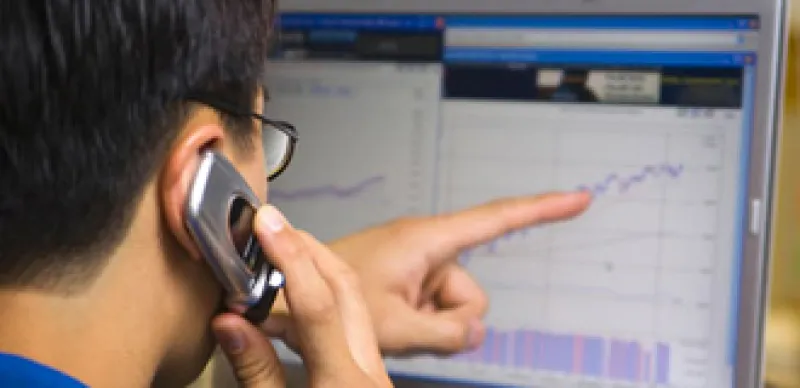As the financial crisis (and lately the Gulf oil spill) demonstrate, to manage risk, you must first be able to measure it. A bank may have a handle on its own risks, but it also needs to account for systemic risk: the possibility that the financial system could be far less stable than conventional metrics such as VaR, or value at risk, assume.
A recent research report by four economists at New York University’s Leonard N. Stern School of Business suggests a way to do just that. Viral Acharya, Lasse Pedersen, Thomas Philippon and Matthew Richardson have come up with a systemic risk measure that they believe is clear and simple to use, and can be consulted by regulators and Wall Street risk managers alike. What’s more, it operates in real time and is available free at NYU Stern’s volatility lab, at http://vlab.stern.nyu.edu/welcome/risk.
As spelled out in their working paper, “Measuring Systemic Risk,” the economists have developed a new gauge, dubbed systemic expected shortfall, or SES, that indicates which banks would fare the worst if the financial sector were to become widely undercapitalized in a repeat of the 2008 meltdown. SES also indicates how much a particular bank would contribute to global undercapitalization, the authors contend. As the paper notes, “Firms with a high percentage of capital shortfalls in a crisis are not only the biggest losers in a crisis but also are the firms that create or extend the crisis.”
One of the authors, Acharya, predicts that “practitioners will embrace this measure because it will help them identify the risks of their counterparties, and if they will still be around if there is a downturn.” He notes that Bear Stearns Cos. and JPMorgan Chase & Co. appeared to be equally well capitalized precrash, when in fact they had quite different market correlations and therefore were not equally at risk of failure. The new indicator aims to pick up these differences.
Applying the new measure yields both predictable and surprising results. According to the metric, the U.S. institution that poses the greatest systemic risk is Bank of America, followed closely by Citigroup. The gauge also finds risks in some insurers, with Prudential coming in at No. 9 and Metropolitan Life Insurance Co. at No. 10.
The economists see clear economic and regulatory implications for their work and propose that banks be taxed (or required to buy insurance) based on their systemic risk contribution as defined by the new measure, and that the payments go into a systemic risk fund.
Measuring systemic risk could be a first step toward mitigating it.






